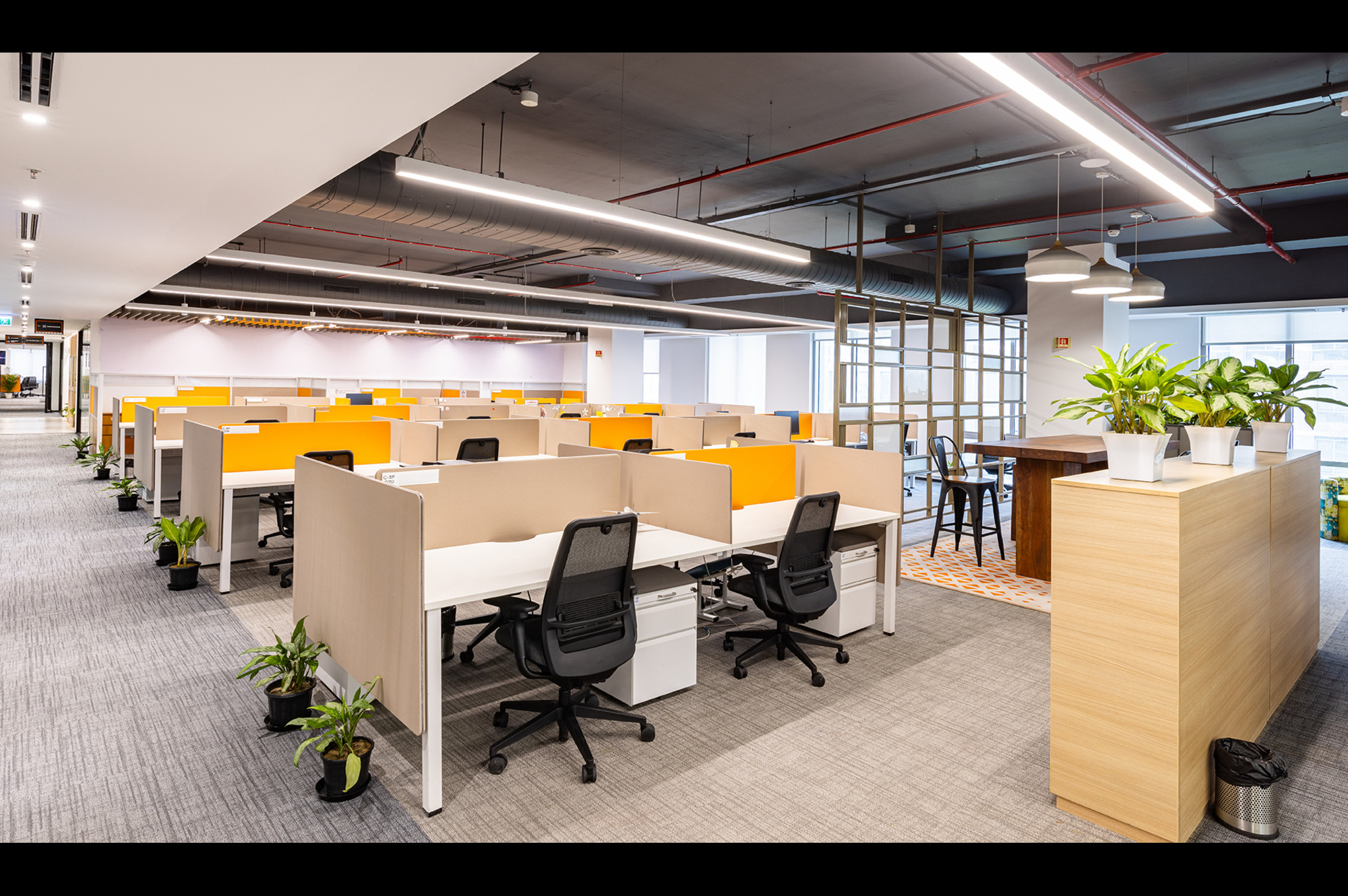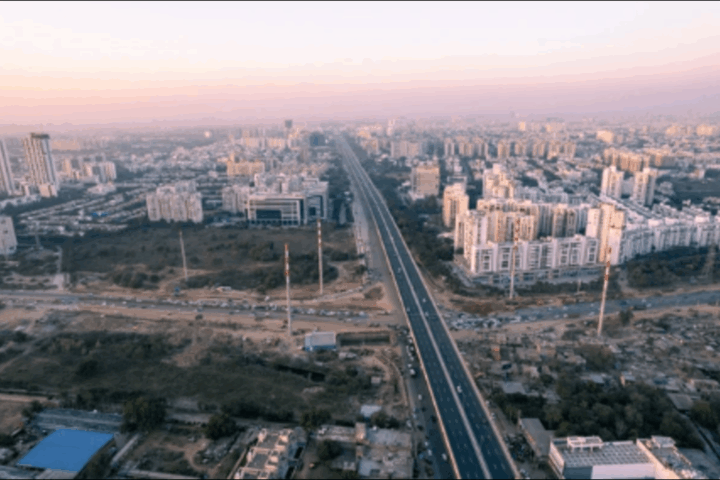by Aryaman Vir, Founder and CEO, Morpho Dimensions
There was a time when the office space meant a grid of desks, a calendar of meetings, and the steady ticking of a clock. That era has passed – quietly and irreversibly. The workplace has now evolved from its utilitarian roots. It is no longer only a place for productivity; it is a platform upon which identity is expressed and culture is built.
At the present time, modern professionals do not return to the office out of routine obligation, but in pursuit of something more deep-rooted: presence, purpose, and a sense of belonging. They come not just to complete tasks, but to participate in a collective energy that no screen, however high-definition, can replicate. In this new reality, the design of the workspace must do more than just serving as a support function – it should embody a professional’s aspiration as well as articulate a company’s ethos and values.
Once relegated to the periphery of workplace design, aesthetics have now moved to the forefront. They shape emotional experience and organisational culture. Colour palettes influence mood. Textures inspire calm and creativity. Light and spatial flow govern how people interact, collaborate, and express themselves. These choices do not purely beautify a space; they define its meaning. That said, the office space has become a lifestyle statement for the new-age workforce: a spatial extension of their personal and professional identity. With every architectural line and material choice, it signifies intention – This is who we are. This is what we believe in. This is the future we are working towards.
Creating brand-powered environments
Many modern businesses, especially digital-first companies, recognise that design can become an instrument for storytelling. Therefore, they deliberately weave their brand identity into the built environment, using spatial design as an extension of their digital presence. This often begins with the thoughtful application of brand colours, not just on walls or furniture, but in lighting, material selection, and even acoustic treatments. Such visual cues strengthen brand recognition and create continuity between digital platforms and physical spaces.
Some companies also embed their brand narrative, values, tone, and purpose into the whole experience of the workspace. Whether through open layouts that increase transparency, collaborative zones that echo a culture of innovation, or quiet corners that lay emphasis on wellbeing, these spaces are often an epitome of the company’s philosophy. The outcome is a rich and engaging environment where employees inhabit the brand. Visitors don’t just see the company; they can, perhaps, feel it. In this manner, design becomes a strategic tool to align perception, behaviour, and culture, making the workspace a living, breathing expression of identity.
Enhancing productivity by design
Research has proven that productivity of employees and workplace design are closely linked with one another. A 2019 Capital One survey of 3,500 professionals noted that 90% of them believed that a well-designed office boosts their performance. Moreover, design elements like natural light and adaptable spaces were key, as was flexibility. 71% employees were of the view that it is crucial for their company’s workplace design to be flexible and 73% stated that they are able to work better when given access to flexible furniture arrangements such as alternative desks. In the same manner, a 2003 research by the World Green Building Council stated that increasing the volume of fresh air in office spaces resulted in an 11% boost in productivity levels. Another study by the American Society of Interior Designers found that those who liked their office environment are 31% more likely to be satisfied in their jobs. Without a doubt, employee engagement and productivity are main factors which help organisations operate efficiently in the current times.
Shaping lifestyle through design strategies
Design is the outcome of intent, structured planning, and meticulous execution. This philosophy is being embraced by several architecture and interior design firms that unify creative vision with technical precision. They now follow a holistic approach that balances aesthetics with functionality, thereby creating environments that significantly improve well-being, productivity, and performance. For instance, biophilia and the use of natural light have become central to workspace design. Bringing natural elements into the built environment has become essential for improving how people feel and function within a space. Designers are adding features such as floor-to-ceiling windows, and carefully oriented openings to maximise exposure to sunlight. Alongside, elements such as indoor greenery, vertical gardens, and curated plant groupings, help in nurturing connection to nature. These little details contribute to mental well-being, stress reduction, and emotional balance.
Lighting, too, has grown from a purely functional necessity to being a key contributor to health and performance. Modern workplaces are employing adaptive lighting systems that support circadian health. Circadian-tuned LED lighting simulates the natural progression of daylight, while artificial skylights replicate outdoor light cycles to aid in regulating biological rhythms. In addition to this, building systems are being engineered to sustain temperatures within optimal cognitive zones to keep occupants mentally engaged. Advanced HVAC systems, pairing precise ventilation with high-efficiency air filtration, are emerging as crucial facets to support alertness and cognitive function by lowering fatigue and indoor pollutants. Cumulatively, layout, light, air, and temperature, form a comprehensive ecosystem that places the human experience at the centre of design. When thoughtfully integrated, these elements can result in greater efficiency in any office space.
In sum, it can be said that a workspace is a strategic tool that represents brand values, shapes culture, elevates productivity, and boosts wellness. At a time when talent seeks purpose and place, design too needs to be intelligent and intentional. By marrying architectural vision with impactful execution, modern design and architecture firms can create office spaces that empower professionals and complement their spirit and lifestyle.



















Follow